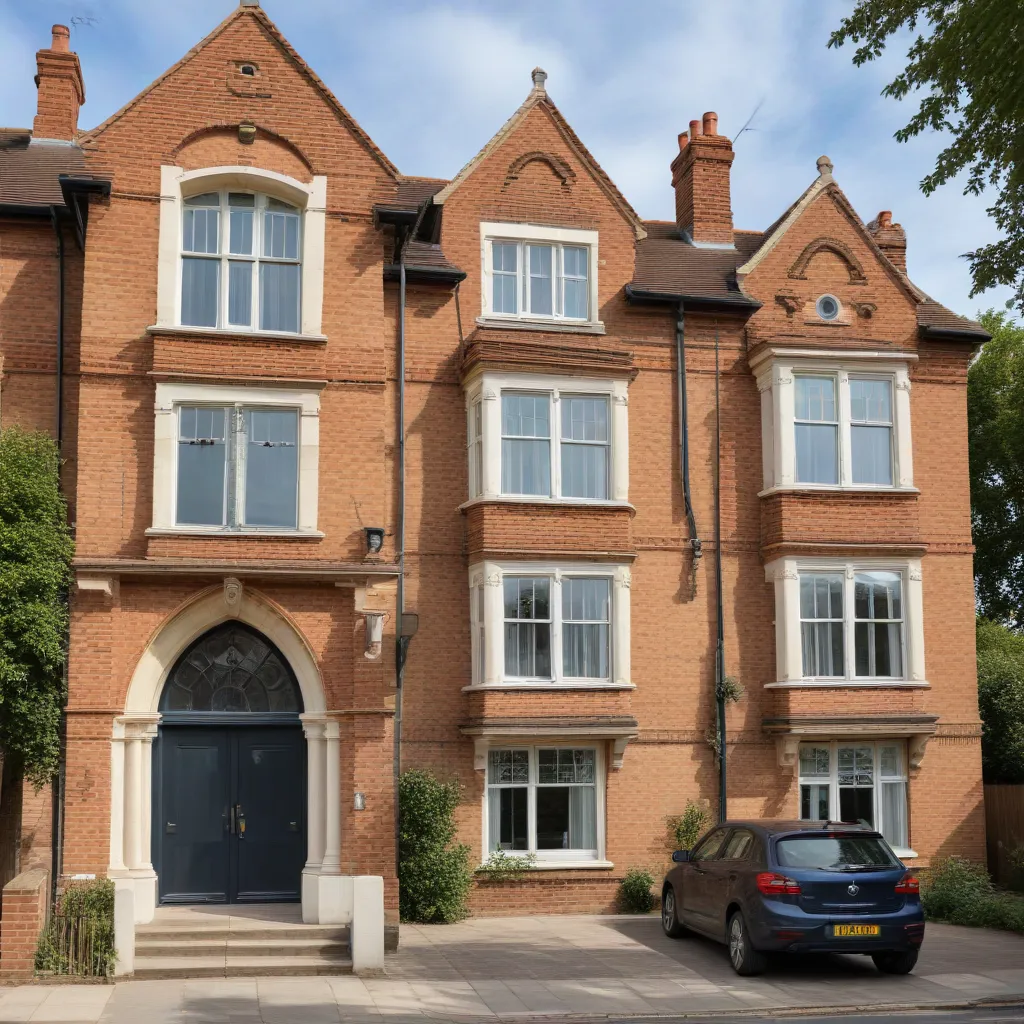
As an experienced builder with a passion for preserving historical structures, I’ve had the privilege of working on numerous projects in the Southend area. Each job has presented its own unique set of challenges, but the satisfaction of breathin new life into these architectural gems makes every effort worthwhile.
Unlocking the Secrets of Vintage Structures
When it comes to renovating or restoring heritage buildings, the devil is truly in the details. These structures were built using techniques and materials that have long since fallen out of favor, and understanding their intricacies is crucial to ensuring the success of any project.
Take, for example, the 19th-century townhouse I worked on last year. The original walls were constructed with thick, solid brick, and the floors were supported by massive timber beams. Trying to integrate modern electrical and plumbing systems into this kind of framework required a delicate touch and a deep understanding of traditional building methods.
I spent countless hours poring over historical records and consulting with local preservationists to uncover the secrets of this property. What were the original fixtures and fittings? How were the roof tiles laid? Where did the builders source their materials? By immersing myself in the building’s history, I was able to devise a restoration plan that respected its unique character while bringing it up to modern standards.
Preserving the Past, Embracing the Future
One of the most rewarding aspects of heritage restoration is the opportunity to breathe new life into a space while honoring its past. It’s a delicate balancing act, but when done right, the results can be truly stunning.
Take, for instance, the Victorian mansion we transformed into a boutique hotel last year. The original features, from the intricate plasterwork to the ornate fireplaces, were meticulously restored to their former glory. But we also incorporated sleek, contemporary elements – like a state-of-the-art kitchen and a glass-enclosed atrium – to create a harmonious blend of old and new.
The key was to approach each decision with a deep respect for the building’s history. We didn’t just slap on a fresh coat of paint and call it a day; instead, we carefully considered how every change would impact the overall aesthetic and feel of the space. It was a labor of love, to be sure, but the end result was a magnificent, one-of-a-kind property that has become a source of pride for the local community.
Navigating the Complexities of Heritage Regulations
Of course, working on heritage buildings isn’t all smooth sailing. There’s a minefield of regulations and bureaucratic hurdles to navigate, and it takes a keen understanding of the system to ensure a successful project.
One of the biggest challenges I’ve encountered is dealing with the strict guidelines set forth by the local heritage preservation society. These organizations are tasked with safeguarding the historical integrity of our region’s buildings, and they can be quite stringent when it comes to approving renovations or alterations.
I remember working on a 17th-century manor house that had been in the same family for generations. The owners wanted to update the kitchen and add a modern extension, but the preservation society had concerns about the impact on the building’s original footprint. It took months of negotiations, countless design revisions, and a mountain of paperwork, but we eventually found a solution that satisfied everyone involved.
Navigating these regulatory hurdles requires patience, persistence, and a deep understanding of the relevant laws and policies. But the end result is always worth it – a beautifully restored structure that preserves the past while embracing the future.
Embracing the Challenges, Celebrating the Triumphs
For me, the true reward of working on heritage projects lies in the sense of accomplishment I feel when a job is completed. It’s not just about creating a beautiful space; it’s about honoring the rich history and cultural significance of these structures, and ensuring that they can be enjoyed by generations to come.
Take, for example, the recently completed restoration of the Southend Pier Pavilion. This iconic landmark, which dates back to the late 19th century, had fallen into a state of disrepair over the years. But thanks to a dedicated team of craftsmen, historians, and project managers, we were able to meticulously restore the building to its former glory.
From the intricate tile patterns on the roof to the ornate wooden details on the facade, every element of the Pavilion was painstakingly researched and recreated. It was a complex and challenging project, to be sure, but the sense of pride I felt when the doors finally reopened to the public was truly unparalleled.
As I walked through the restored Pavilion, seeing the awe and wonder on the faces of the visitors, I couldn’t help but feel a deep sense of connection to the building’s history. This wasn’t just a job – it was a labor of love, a chance to preserve a piece of Southend’s past for the benefit of the community.
Conclusion: A Passion for Preservation
At the end of the day, working on heritage restoration projects is not just a job – it’s a calling. It requires a deep respect for history, a keen eye for detail, and a willingness to embrace the challenges that come with preserving the past.
For me, the true joy of this work lies in the opportunity to breathe new life into these architectural treasures, to honor their history while adapting them for modern use. It’s a delicate balancing act, to be sure, but the sense of satisfaction I feel when a project is complete is unmatched.
So if you’re embarking on a heritage restoration project of your own, I encourage you to embrace the challenges head-on. Immerse yourself in the building’s history, work closely with preservation experts, and never lose sight of the bigger picture. With a little elbow grease and a lot of passion, you can transform these historic structures into vibrant, living spaces that will captivate and inspire for generations to come.

